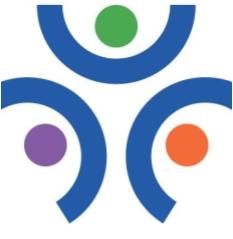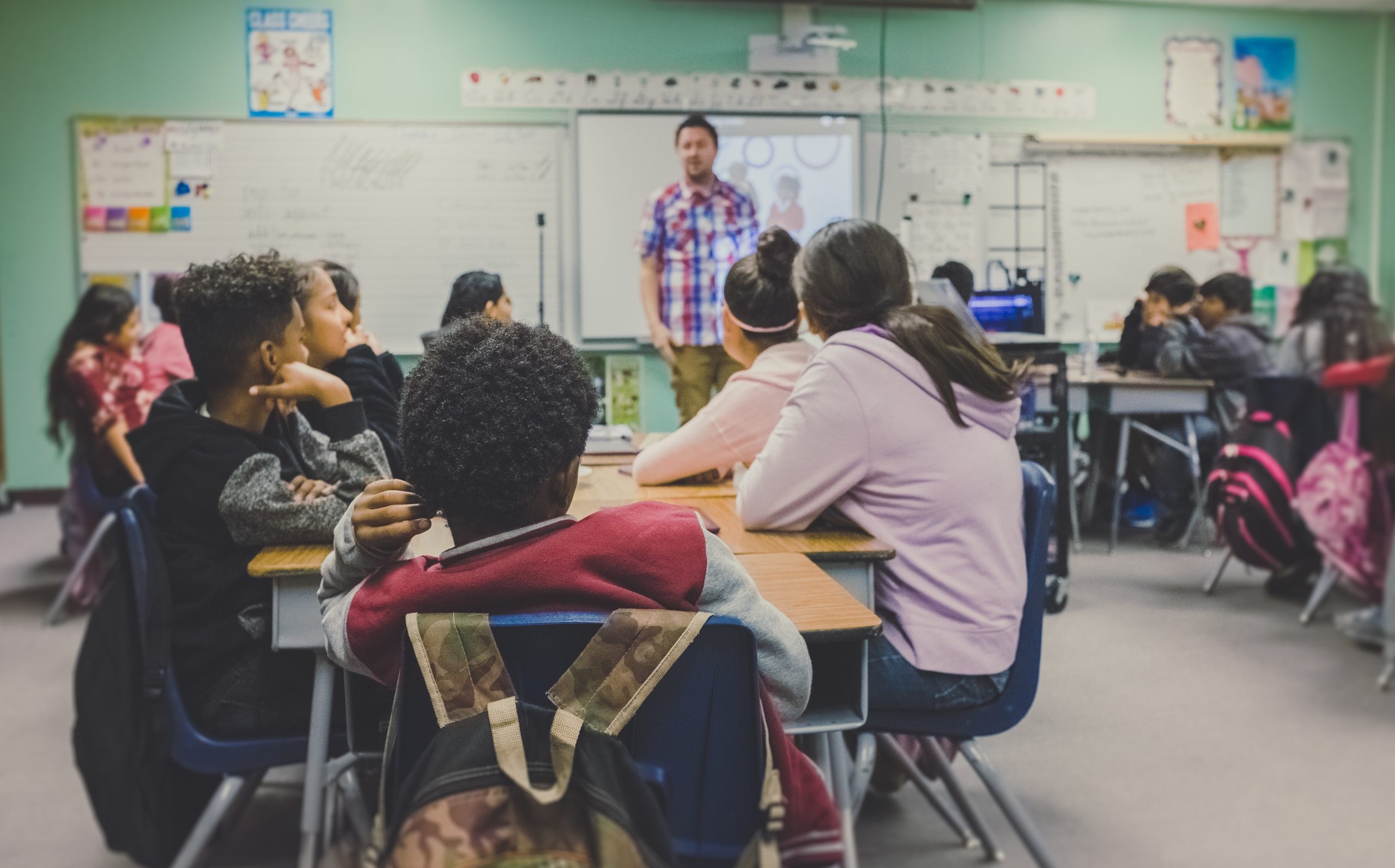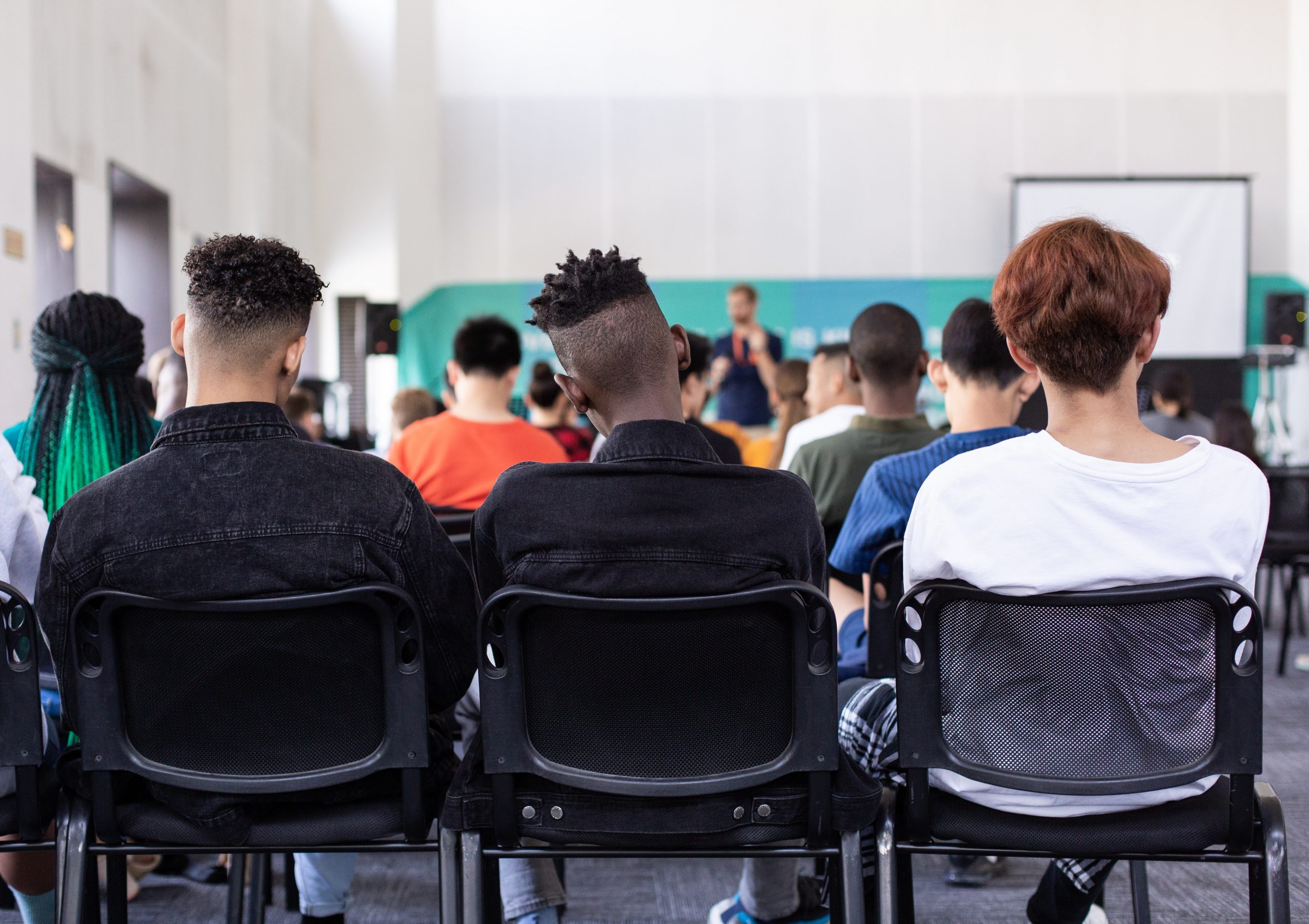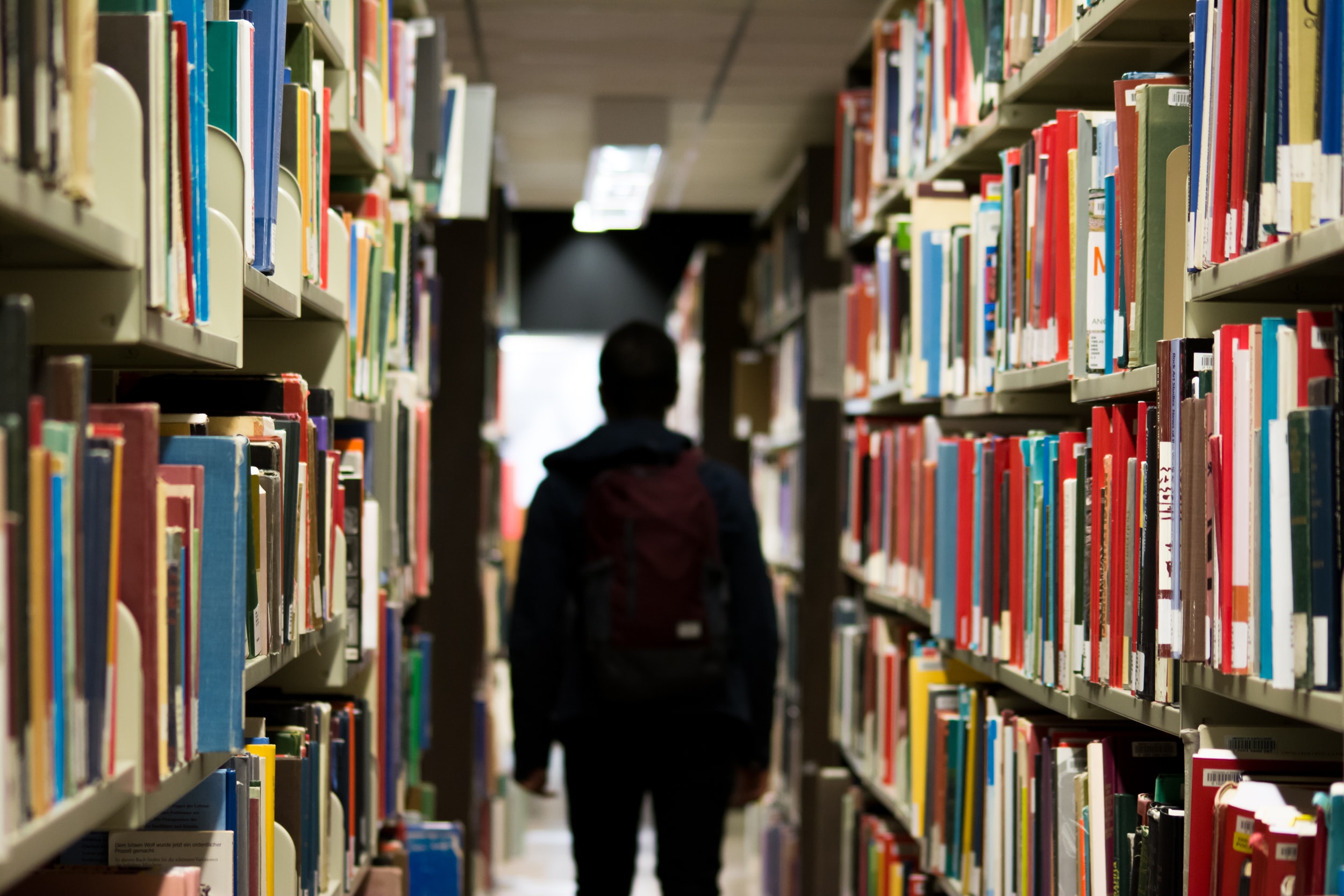In 1999, an author named Carol Ann Tomlinson published the book The Differentiated Classroom: Responding to the Needs of All Learners. Her three decades of experience as a middle school teacher observing the unique learning styles and capabilities of students inspired her to write this groundbreaking book that enabled parents and educators to understand education and the adolescent brain in a wholly new way.
Differentiated Instruction
Around Y2K, the ideas presented in Tomlinson’s book were refreshingly new, even revolutionary. While alternative schools and special education experts understood the value of these strategies and saw firsthand how their students responded to them, many overcrowded public schools in the United States failed to successfully integrate differentiation into their classrooms. Some tried. Others clung to conventional methods. Students with learning disabilities fell through the cracks.
Today, we stand at a crossroads. Amid the coronavirus pandemic, every school across the nation has been forced to transition to e-learning without much warning. It is unlikely that anyone will return to a brick and mortar classroom before the fall of 2020, and that’s being optimistic. In the meantime, educators are realizing that they need to adapt—and fast. Tomlinson’s ideas are now more relevant than ever.
Alternative Education as the Path Forward
You might be surprised to learn that despite the growing respect amongst physicians, educators, and parents for differentiation in the classroom, students in West Michigan are statistically a lot less likely to be diagnosed with a learning disability. The high school dropout rate is significant enough that the state is concerned about the future of its students. Children showing classic symptoms of ADD and/or dyslexia are often identified more easily while kids with lesser-known syndromes—such as central auditory processing disorder—which are equally associated with school struggles rarely make it past a doctor’s door to receive testing.
At present, alternative education seems to be the best option for families whose children are struggling. Differentiated instruction has been in place in special education for many years now, rather than simply assigning an IEP to a student with a learning disability and hoping for the best.
At Lake Michigan Academy we are well aware of the capacity of students with learning disabilities to succeed academically. We see them excel every day. Upon enrollment, they quickly gain confidence in their abilities. We provide a safe haven for students who have been failed by school systems. We understand that differentiation to be truly effective, it must be holistic.






